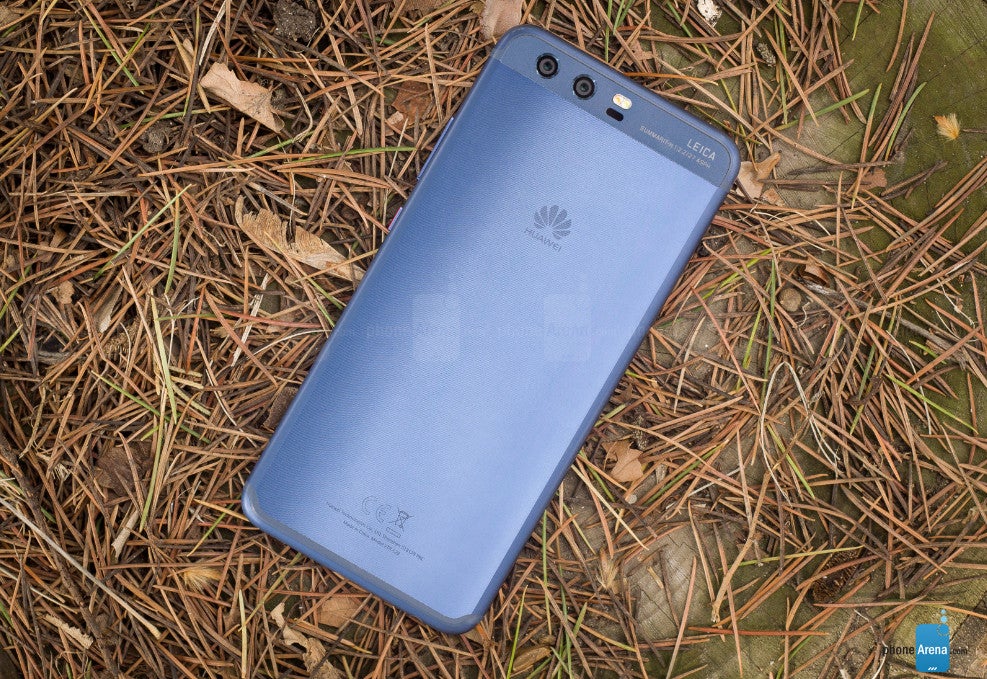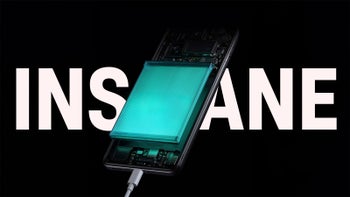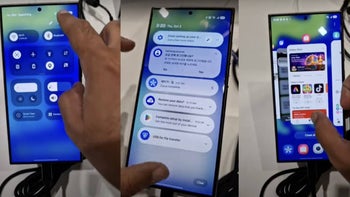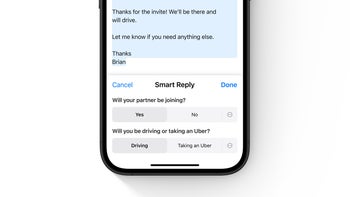Huawei admits using different memory chips on the P10 and P10 Plus, blames shortage in supply chain

We've explained in our previous report that many P10 and P10 Plus users have noticed major discrepancies in the storage speeds on their devices. Basically, the sequential read speeds of the P10 and P10 Plus significantly vary between 700MBps and lower than 300MBps.
In the official statement recently issued by Huawei, the Chinese company admits that it's using different memory chips on the P10 and P10 Plus since it has chosen multiple suppliers for these components to avoid shortages.
To meet global demand of millions of units, Huawei has employed the standard industry practice of sourcing solutions from multiple trusted suppliers to ensure a balance between user experience, quality and sustainable supply. Relying on a single component supply can lead to a shortage, meaning delays for consumers who wish to buy our new products. In the case of flash memory, in this instance, Huawei has chosen multiple simultaneous mainstream solution suppliers.
Obviously, Huawei is not the only smartphone company to use different components inside its products. The most recent example is Samsung, which uses different camera sensors on the Galaxy S8 and Galaxy S8+.

Furthermore, Huawei claims that the scores achieved by its P10 and P10 Plus in performance tests ran on AndroBench app do no reflect the overall performance of these smartphones in day to day use.
Huawei is and always has been, above all, committed to providing an extraordinary user experience. The performance of a single component can’t exactly reflect the overall system performance of a smartphone and these scores are not applicable in actual use scenarios.













Things that are NOT allowed: